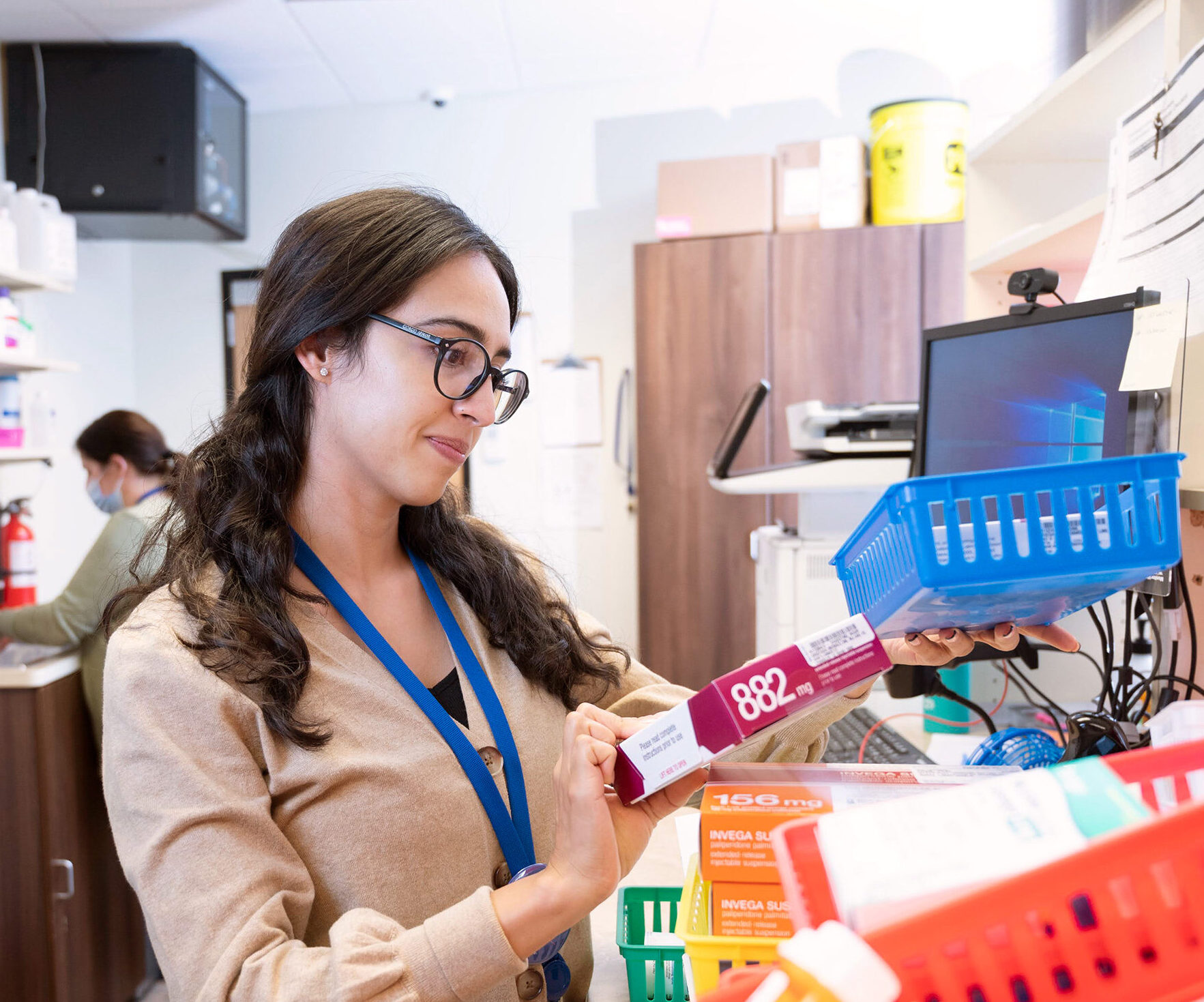3 ways your patients can benefit from medication assisted treatment
According to Substance Abuse and Mental Health Services Administration (SAMHSA), medication-assisted treatment (MAT) is a term used to describe the use of medication, along with other support mechanisms, to treat opioid, tobacco or alcohol use disorder. While the overall goal of MAT is full recovery, success in outcomes can be measured in other ways, such as a patient’s ability to gain and maintain employment; display consistency in a treatment regimen; and an improvement in patient survival for those living with opioid use disorder.
-
Increases treatment and medication adherence
A specialized treatment program, such as an inpatient behavioral health service, is not necessary for patients using medication-assisted treatment. MAT in the primary care setting makes treatment more accessible for patients living with substance use disorders and improves medication adherence in over two-thirds of patients1.
-
Decreases illicit opioid use and overdoses
The NIH found that for those receiving MAT services, specifically those treated with the FDA-approved medication methadone, opioid overdose deaths decreased by 59 percent. Patients prescribed buprenorphine, another FDA-approved medication used in MAT programs, experienced a decrease in overdose deaths by 38 percent2.
-
Overall improvement of public health
The integration of MAT and primary care represents an opportunity for patients to receive treatment for both substance use disorder and other co-occurring health issues in one location. A study shows that an integrated care model where MAT services are provided alongside primary care helps to minimize the stigma and discrimination associated with drug treatment services while improving overall health outcomes.3
Ready to learn more?
Curious about how medication-assisted treatment can help support your consumers? Genoa can help. Contact us today and we’ll be in touch.
"*" indicates required fields
1. Methadone and buprenorphine reduce risk of death after opioid overdose. (2018, June 19). NIH. 2. Methadone and buprenorphine reduce risk of death after opioid overdose. (2018, June 19). NIH. 3. Improving public health through access to and utilization of medication assisted treatment. (2011, October 24). NIH.






